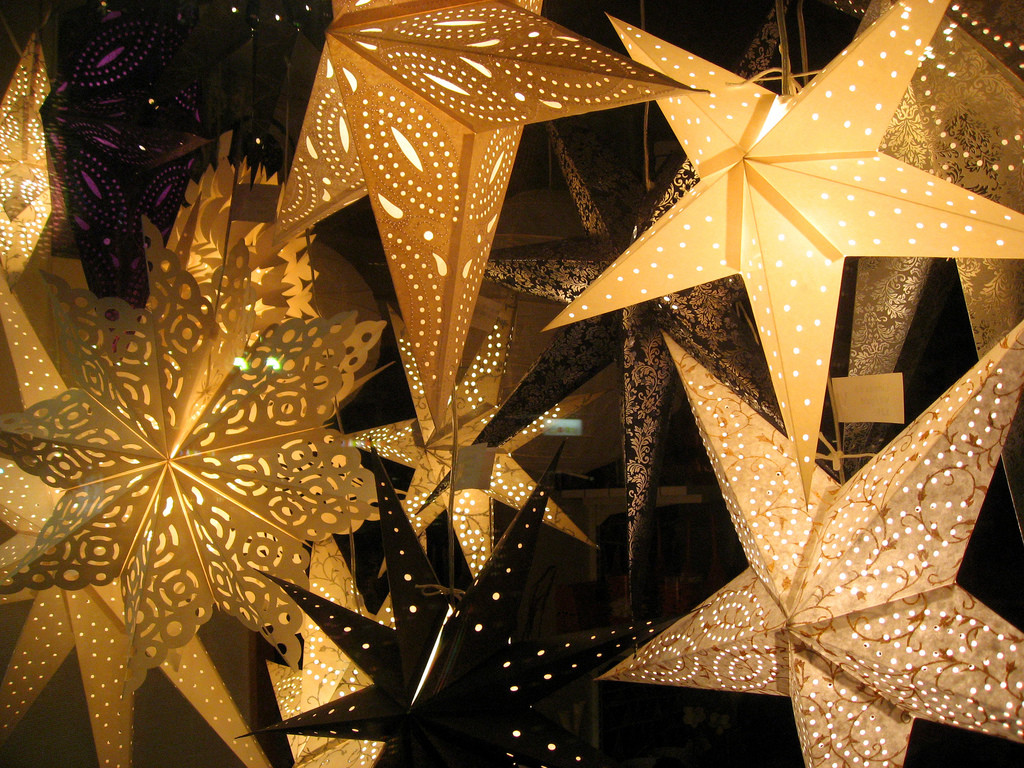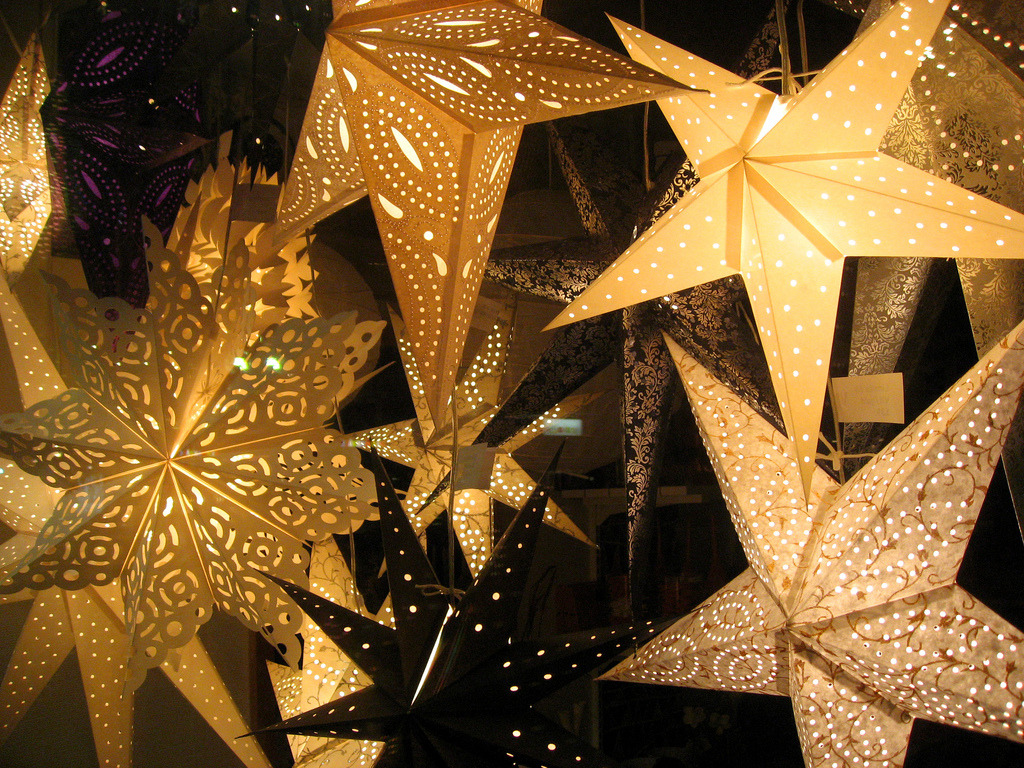
I’ve spent my life celebrating Christmas. The holiday and all the December days leading up to it have always been packed with tradition and activity. Decorating a tree, baking cookies, stringing lights, shopping, watching holiday movies, and attending candlelit church services where everything is hushed, mysterious, and beautiful. I heard the word “Advent” growing up but never understood what it was. I assumed it was a fussy religious ritual that my denomination no longer recognized. It also seemed to have something to do with paper calendars that dispensed daily chocolates, but what did I know?
In recent years, my understanding of Advent has deepened. The word finds its origins in the Latin word adventus which means “coming” and refers both to the birth of Jesus and his future (second) coming. The season is about expectation and preparation. Not preparation as in checking off items on your holiday to-do list, but spiritual preparation. For a lot of us who celebrate the birth of Jesus, however, the Advent season isn’t like this elevated ideal. Advent readings, contemplation, and candle lighting often take their places wedged between all our other relentless activities.
A few years ago, my church changed the way it approached the Advent season. They joined an annual movement called Advent Conspiracy that was started by a handful of American churches. It’s not what you’d think. The movement has nothing to do with finger-wagging, “saving Christmas,” or writing a defiant “Merry Christmas!” on red Starbucks’ cups. It’s about encouraging followers of Jesus to reconsider how they celebrate while focusing on four themes: Worship fully. Spend less. Give more. Love all. As a part of this, each church takes a special offering for a few local and international nonprofits. Last year, my church raised nearly $500,000 for causes such as clean drinking water, assistance for newly arrived refugees, literacy and mentoring programs, and support for teenage mothers and their children. The idea behind the offering is that people spend less money on extraneous gifts and instead give money and time to help others. Nothing against eggnog and white elephant gift exchanges, I’ve just been learning that a better way to honor Jesus and celebrate his birth is to love and serve as he did. If you observe Advent, or you’re simply curious about it, here are some Advent-themed links this week.
A soundtrack for Advent: Relevant magazine releases a free downloadable Christmas album each year. This year they released two—one more joyful and upbeat, the other more somber and reflective. Find them here.





Love this post, Andrea. Great resources and beautifully said. You see the world in a poignant way.
Thank you so much, Christina! That means a lot.